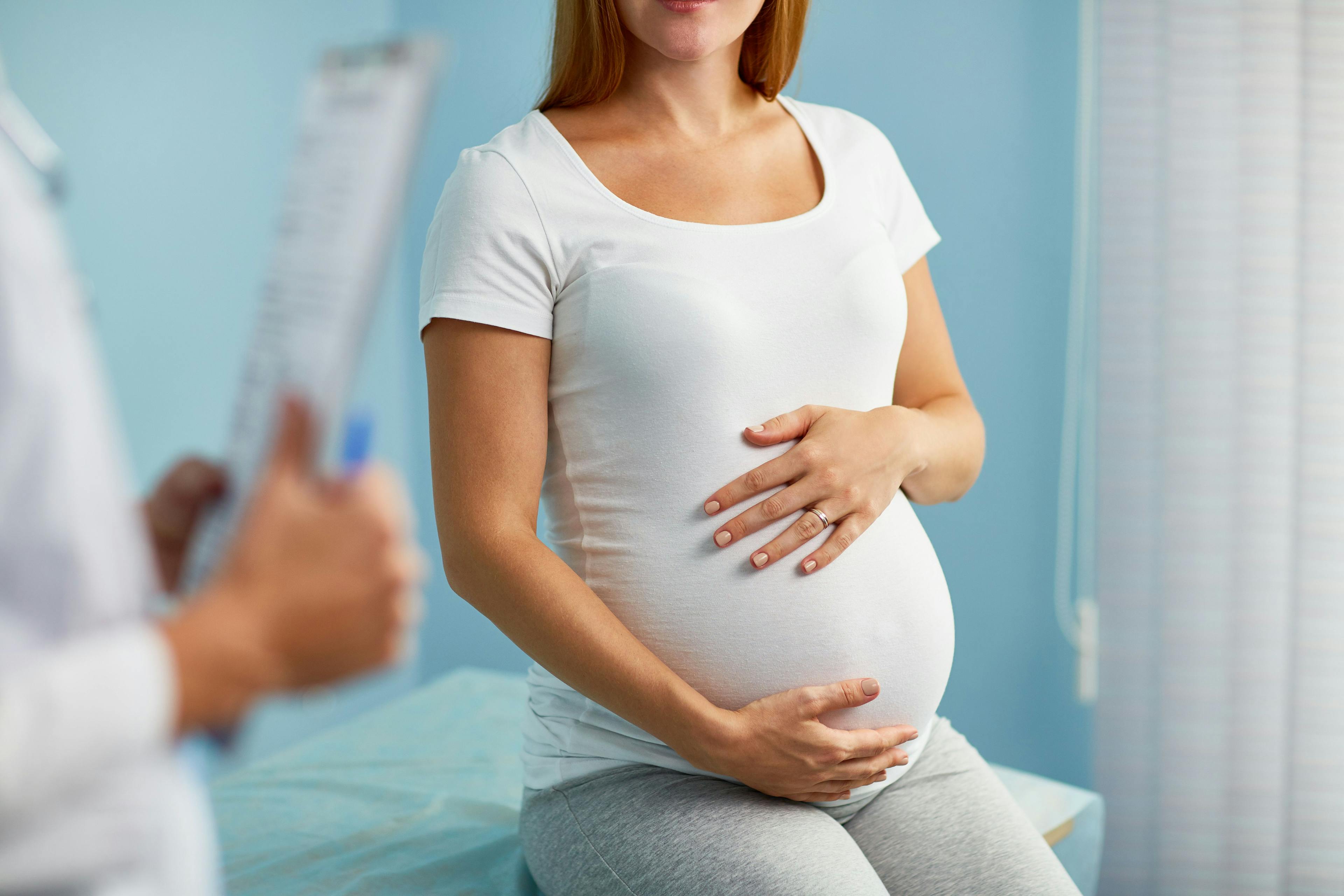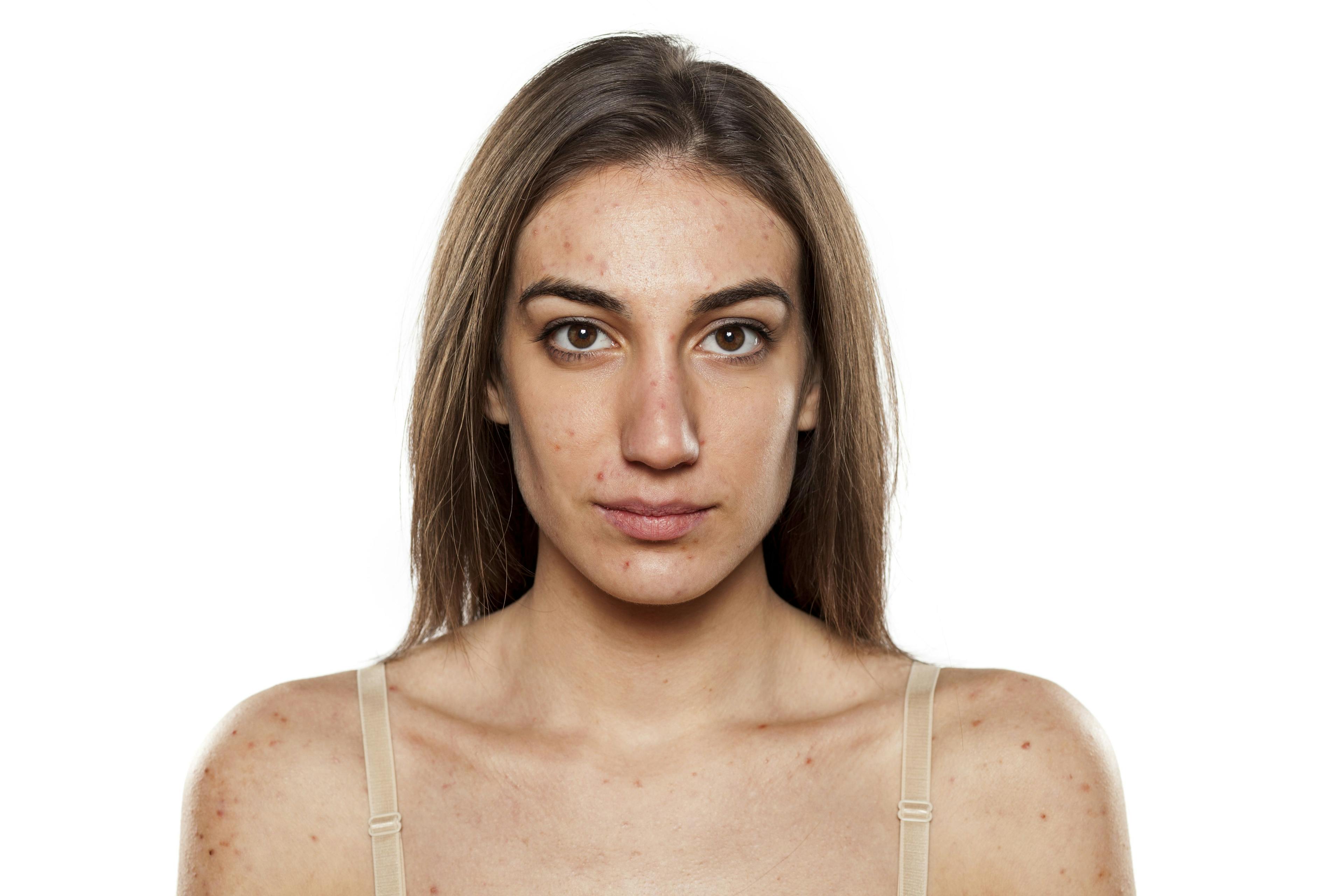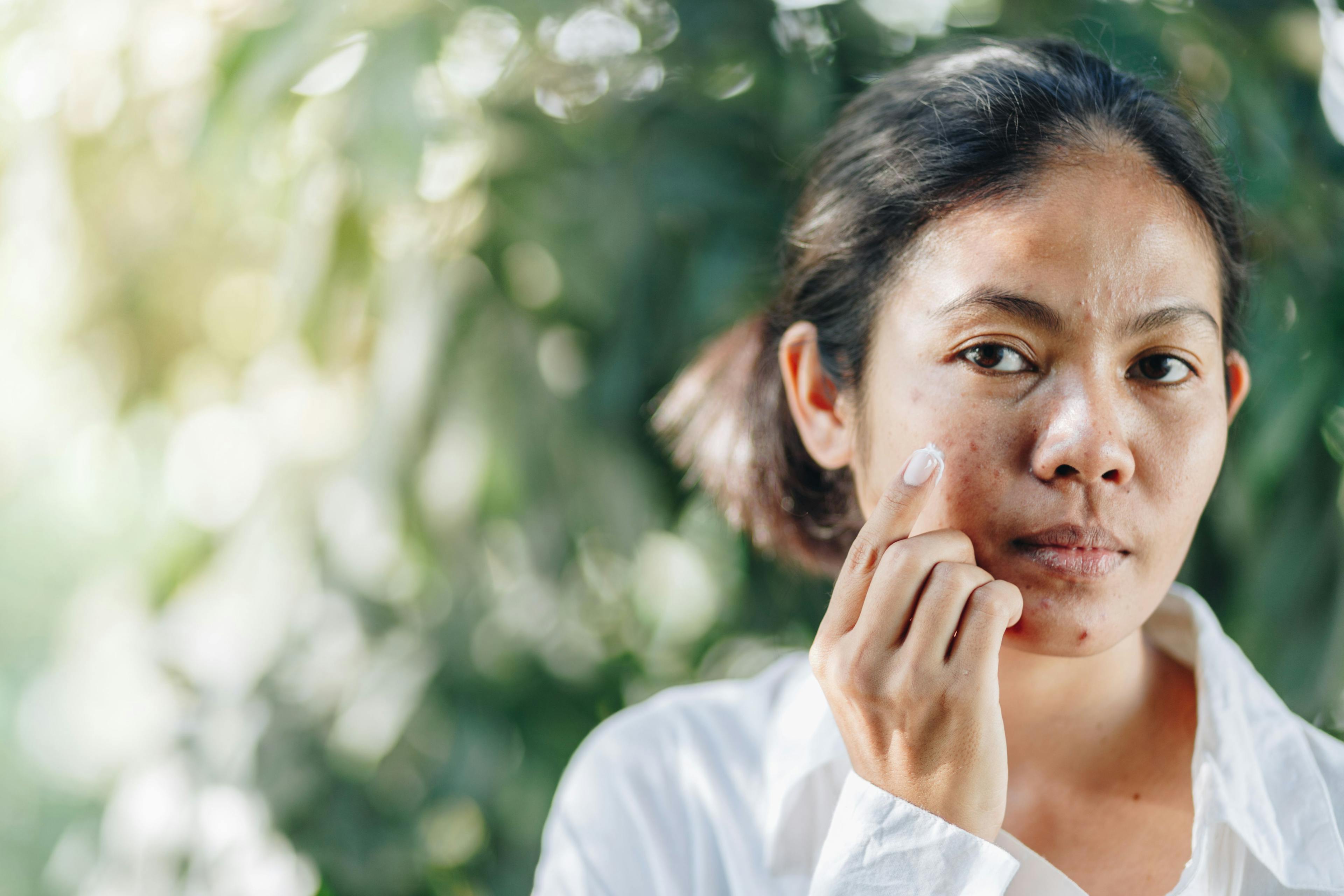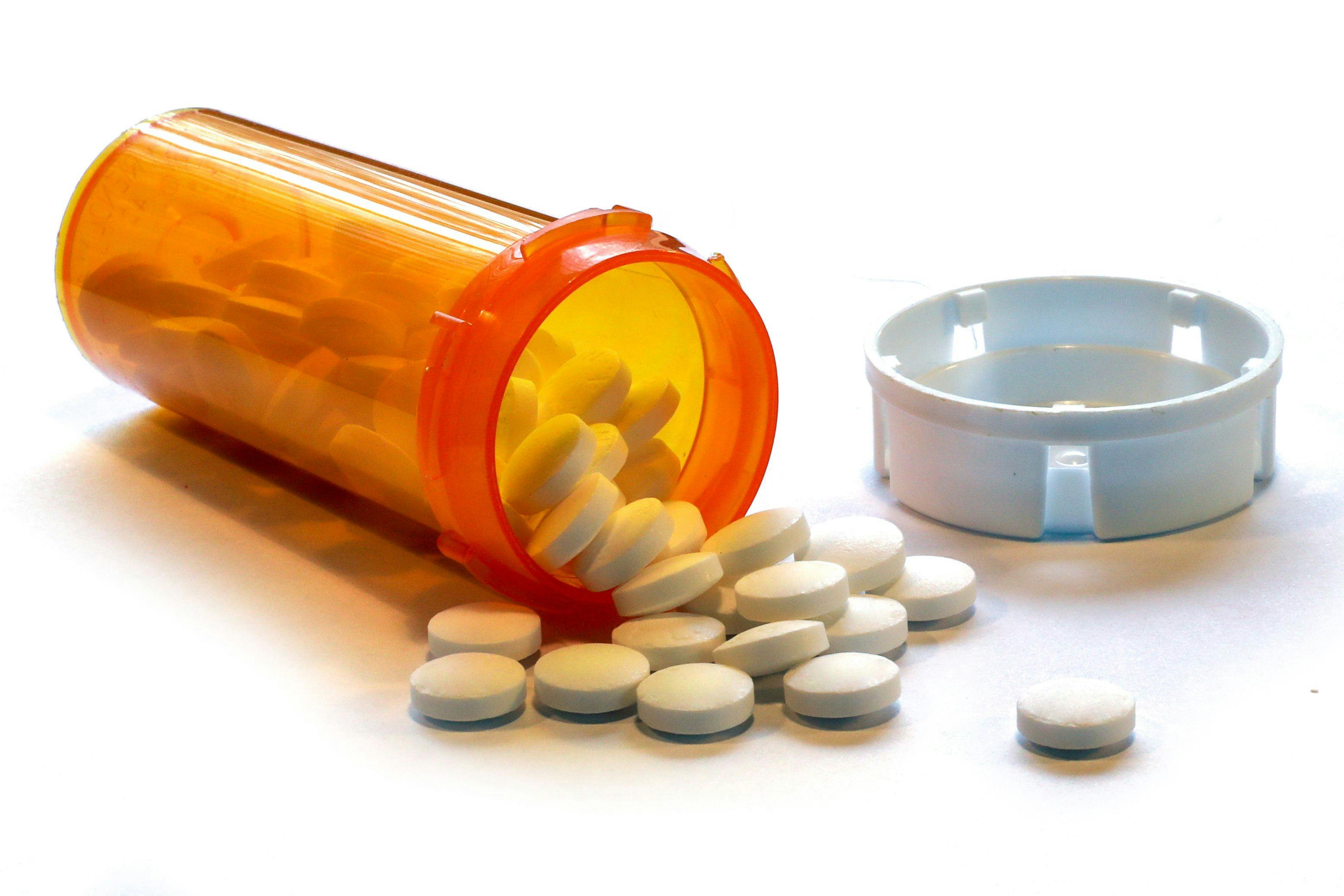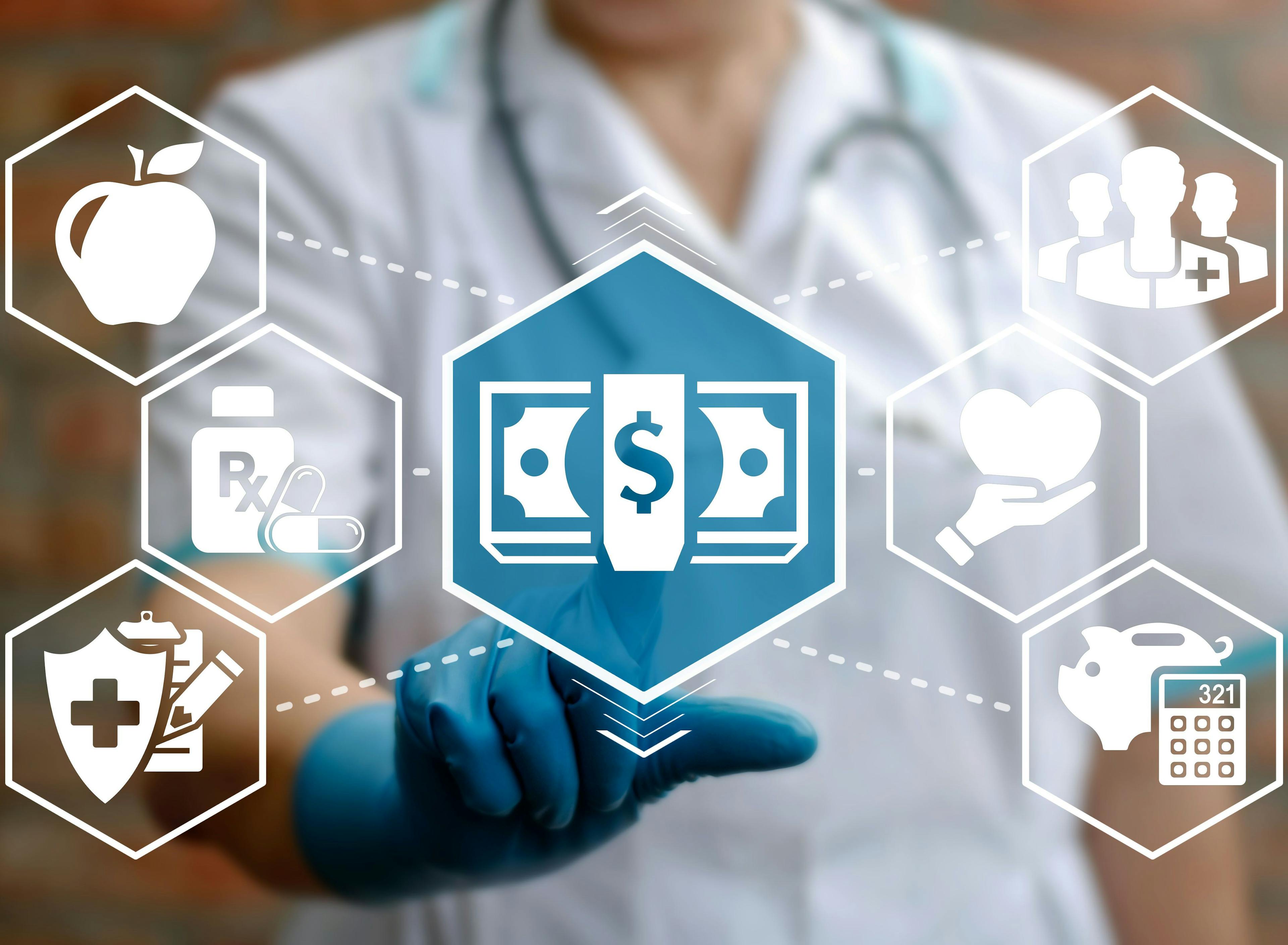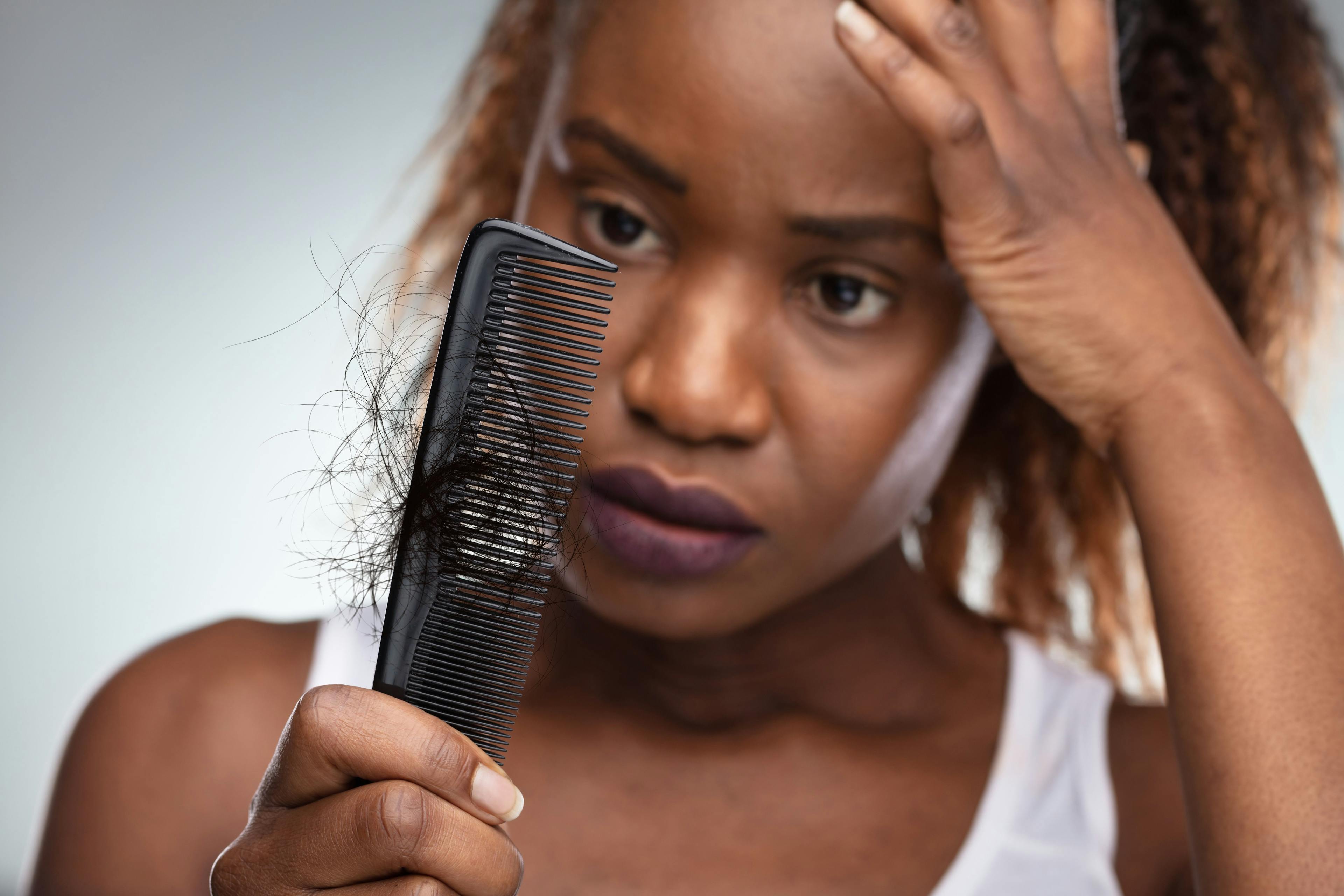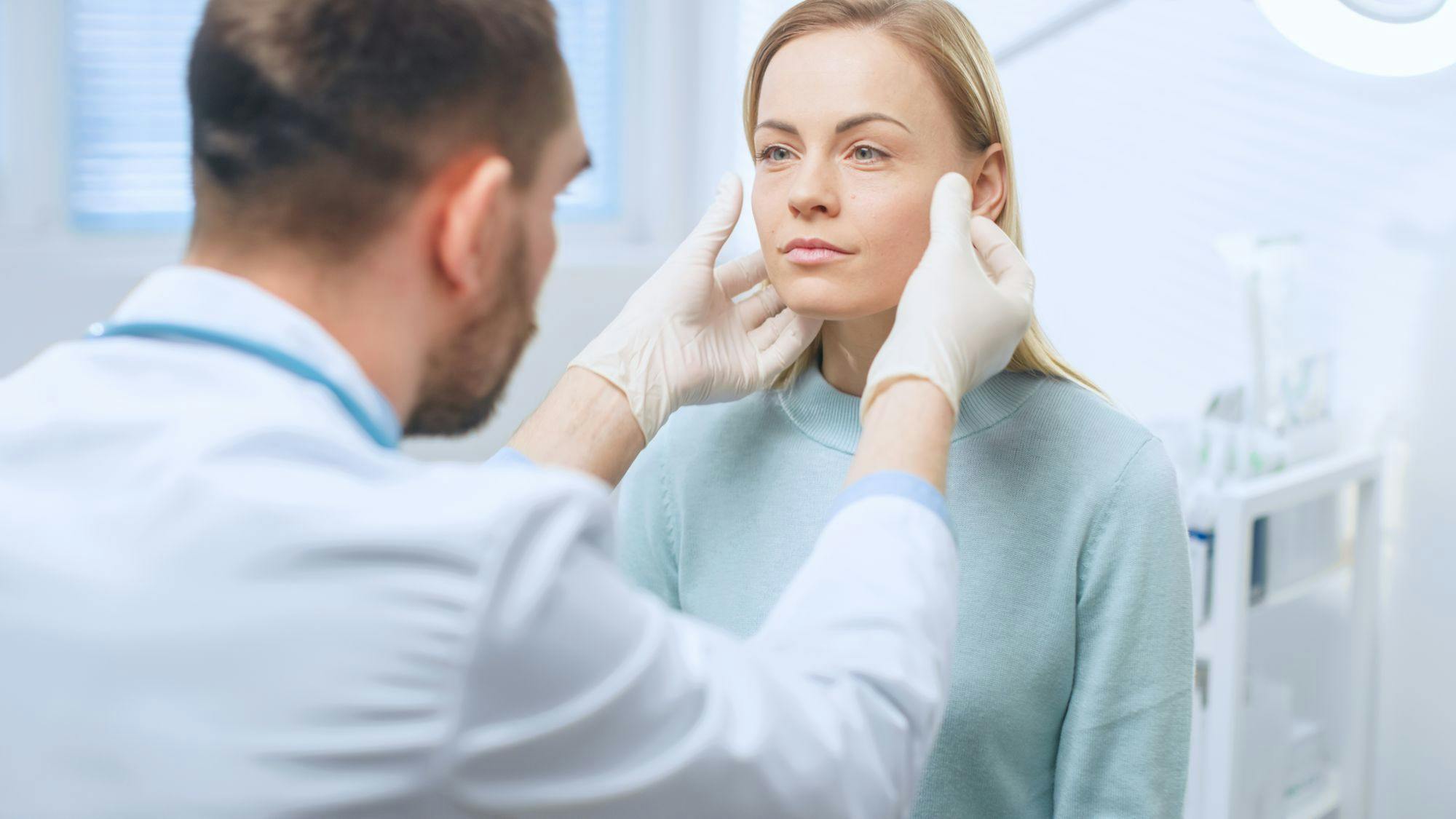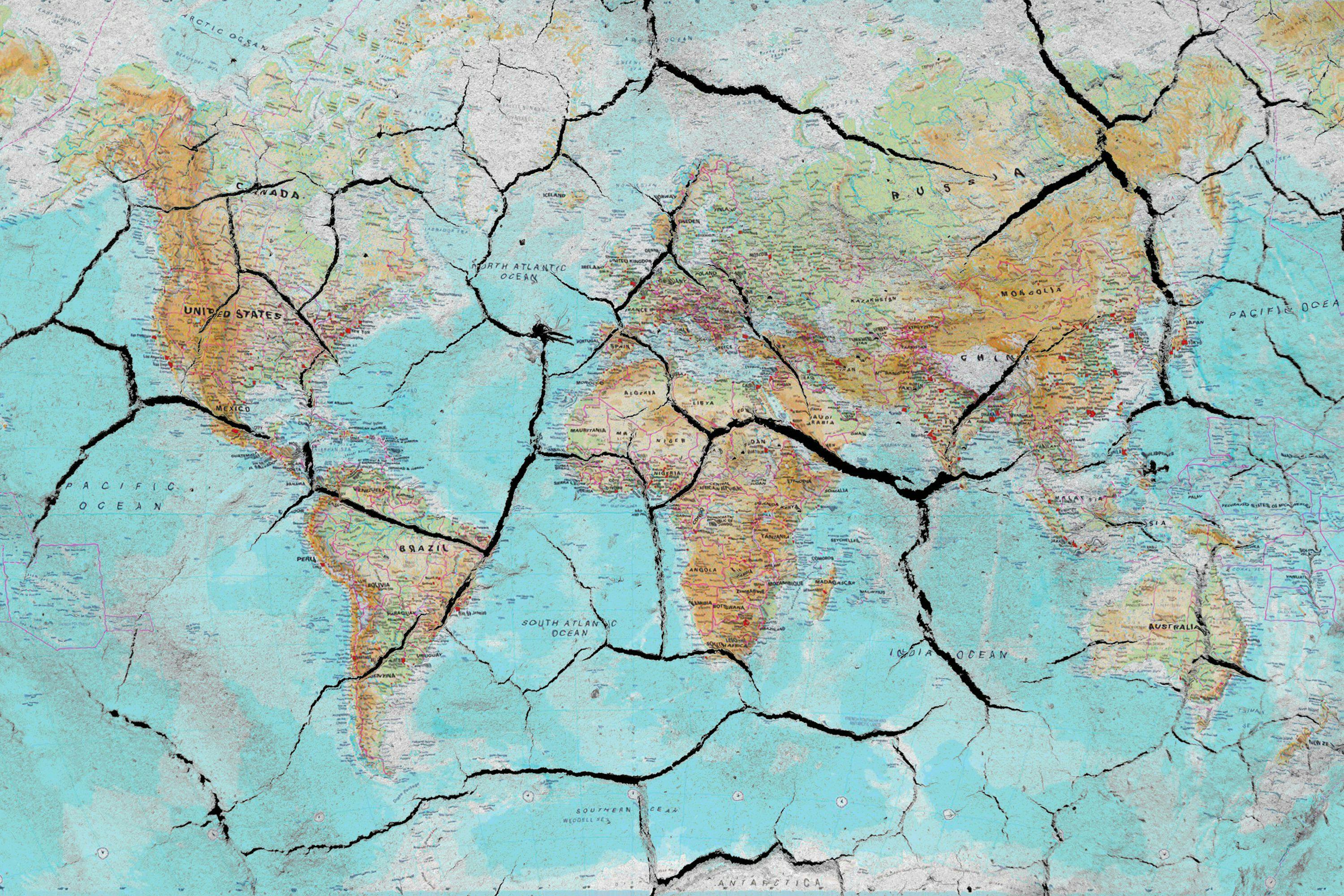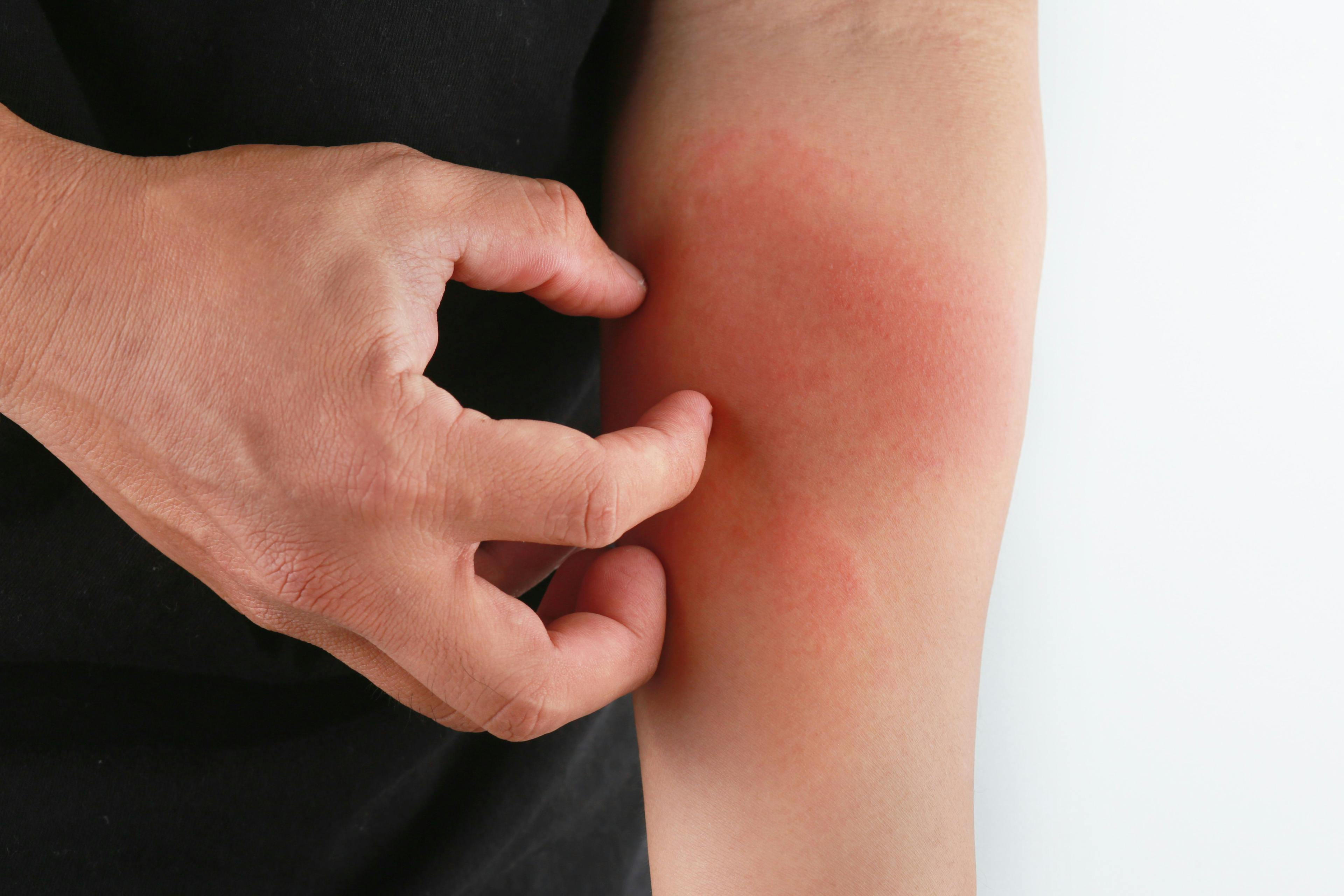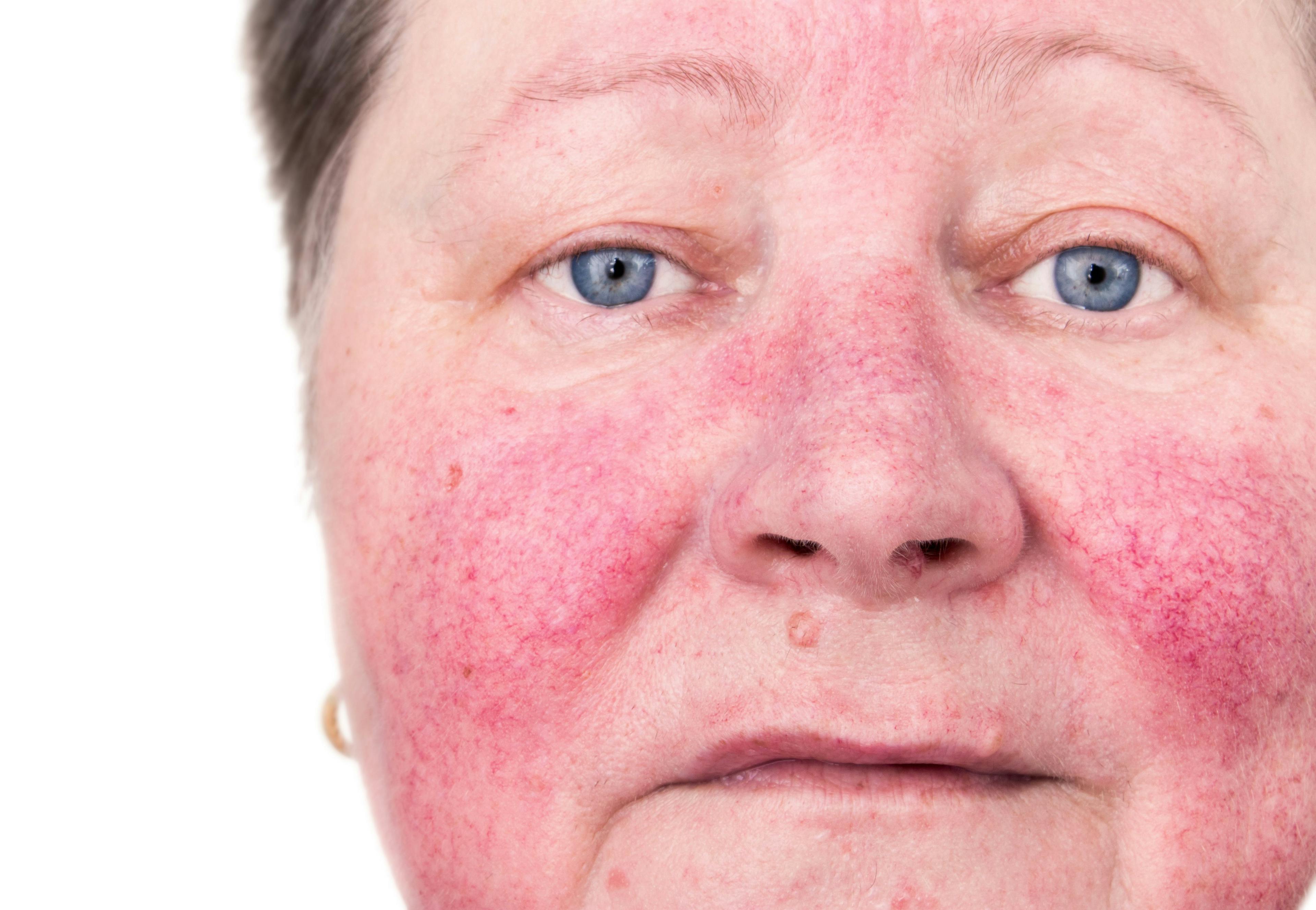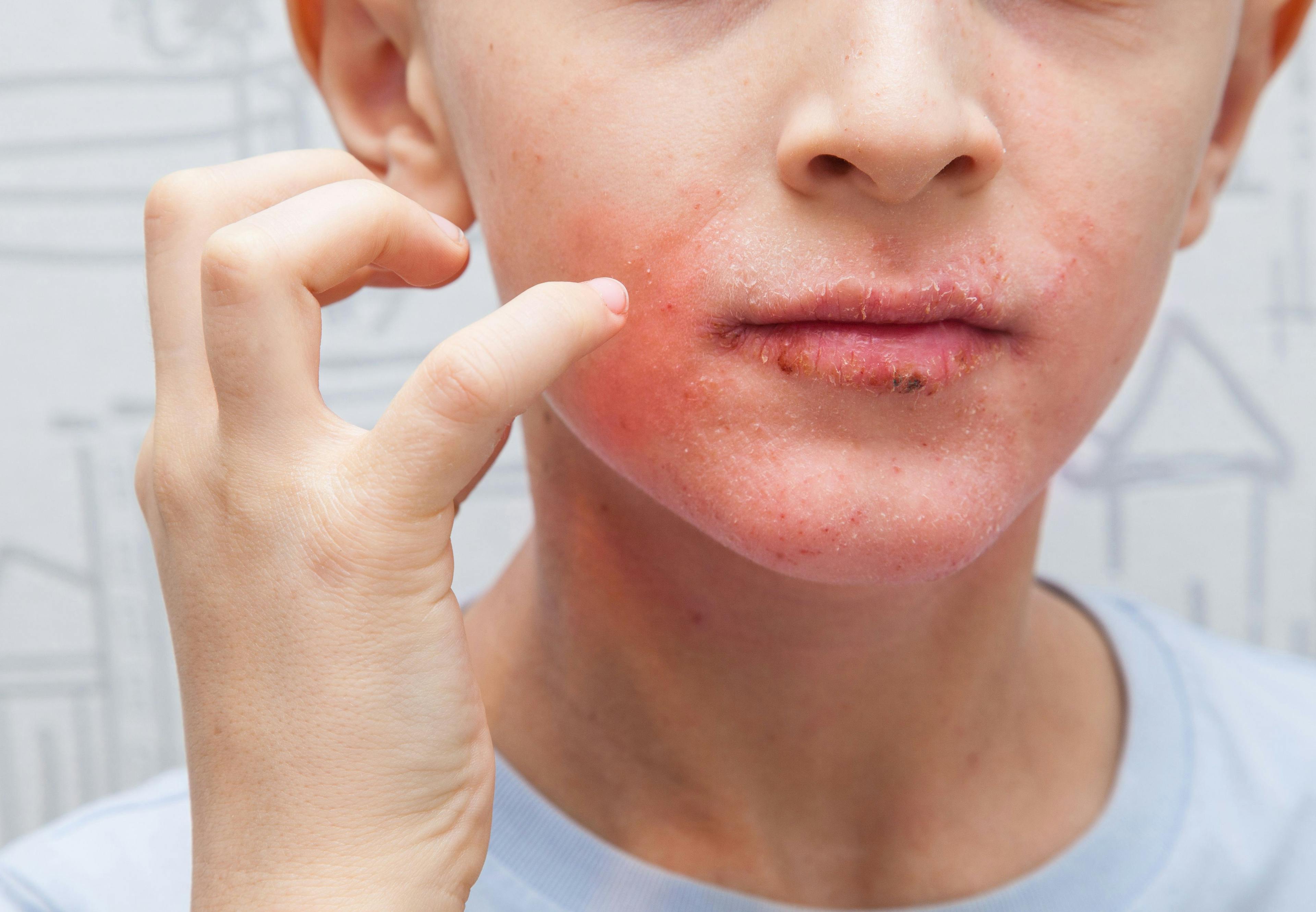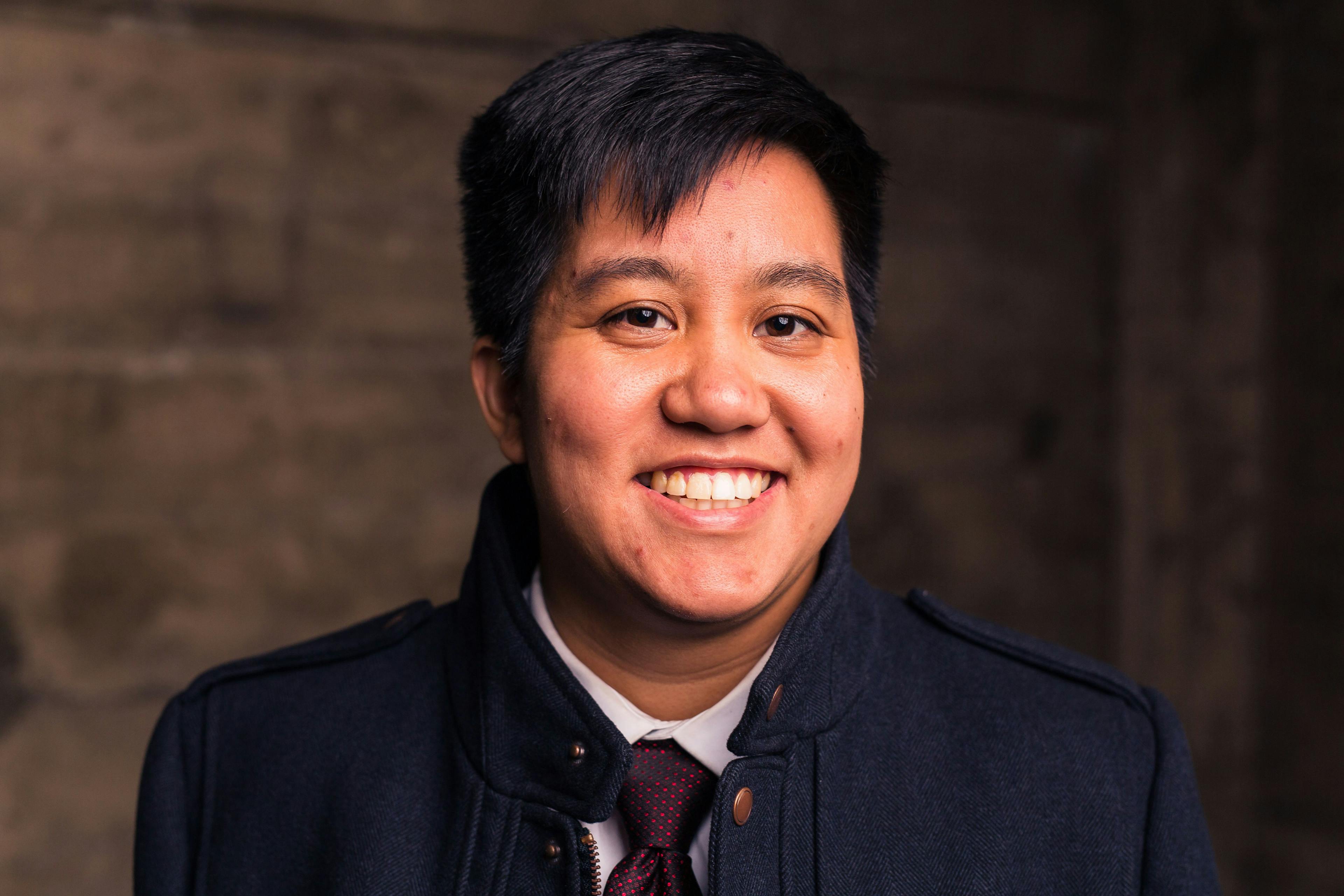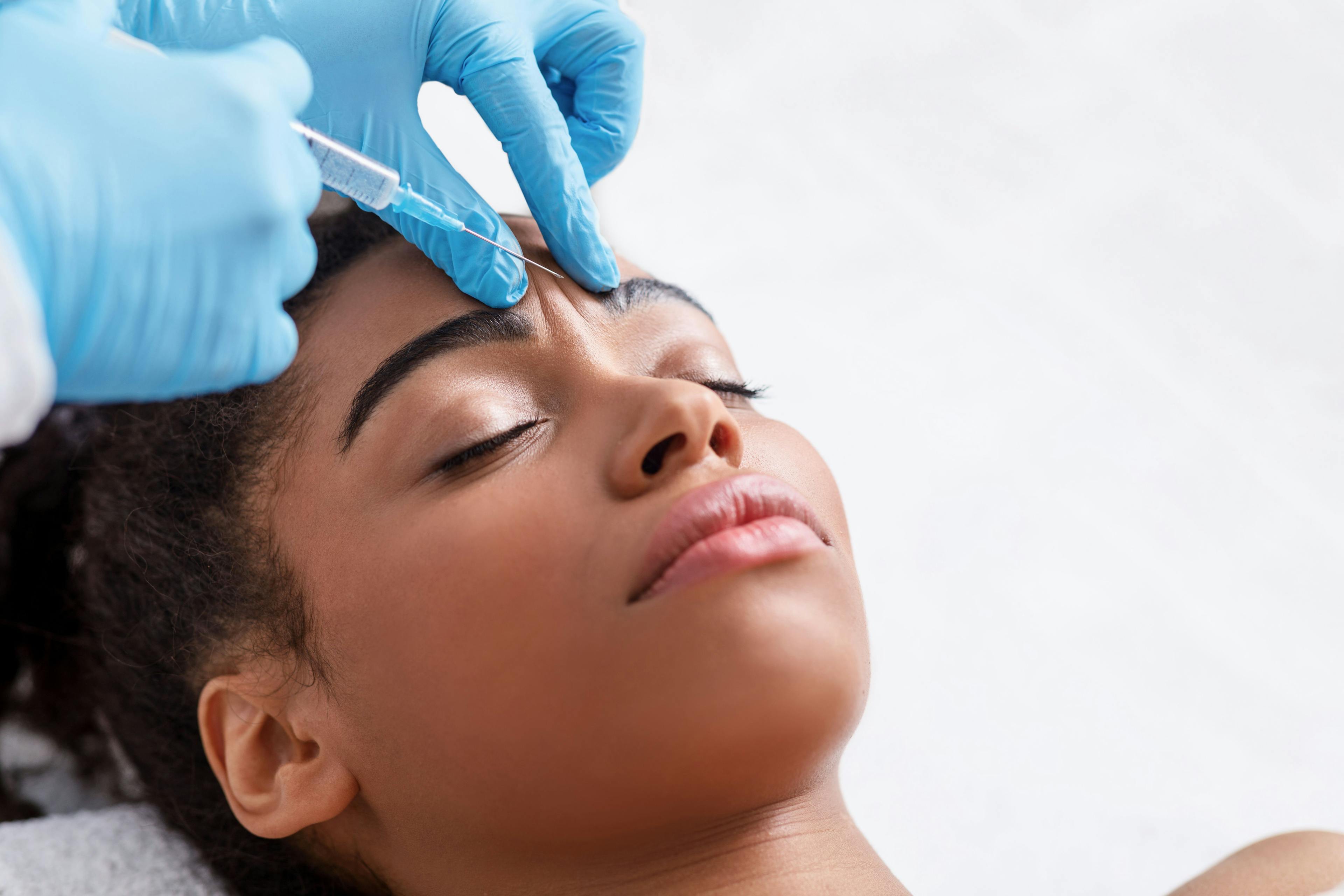- Acne
- Actinic Keratosis
- Aesthetics
- Alopecia
- Atopic Dermatitis
- Buy-and-Bill
- COVID-19
- Case-Based Roundtable
- Chronic Hand Eczema
- Drug Watch
- Eczema
- General Dermatology
- Hidradenitis Suppurativa
- Melasma
- NP and PA
- Pediatric Dermatology
- Pigmentary Disorders
- Practice Management
- Precision Medicine and Biologics
- Prurigo Nodularis
- Psoriasis
- Psoriatic Arthritis
- Rare Disease
- Rosacea
- Skin Cancer
- Vitiligo
- Wound Care
Publication
Article
Dermatology Times
Meeting the Challenges of Acne in Adults
Author(s):
A common complaint in puberty, hormonal acne also affects skin health and quality of life for adults of all genders, driving the need for new solutions.
Especially prevalent in adolescents, acne can manifest well into the third and fourth decades of life. Approximately 15% of Americans have had acne at some point in their life,1 with nearly 90% of adolescents having experienced this widespread skin disorder.2 The estimated financial cost of acne is approximately $3 billion per year.3
Acne is a multifactorial process that affects the pilosebaceous unit of the skin. The pathophysiology of disease is a permutation of follicular hyperkeratinization, microbial colonization, sebum production, and inflammation. As a result, there are many different etiologies of acne, including acne cosmetica and acne mechanica. Sometimes hormonal acne is included in this category, although this is a misnomer, according to one expert.
Although many female patients present to the office with a chief complaint of hormonal acne, they likely are unaware that, in fact, all acne is technically hormonal. “There is no such entity as hormonal acne. All acne is hormonal: no androgens, no acne,” said Hilary Baldwin, MD, board-certified dermatologist and medical director at the Acne Treatment and Research Center in Brooklyn, New York and clinical associate professor of dermatology at Rutgers Robert Wood Johnson Medical Center in New Brunswick, New Jersey.
“Often people use the term to mean acne in the adult woman or acne that is predominantly on the lower face and jaw. But it is a complete misnomer,” Baldwin said. Sebum changes are believed to be one of the most critical factors for acne occurrence.4 Not surprisingly, the highest prevalence of acne is in the adolescent years, when androgen-induced sebum production is at its peak.
“All acne responds to the same medications,” Baldwin noted. The American Academy of Dermatology stratifies acne treatment by mild, moderate, and severe cases,5 with both first-line and alternate treatments listed for each stage.
In general, for mild cases a singular topical medication such as a topical retinoid or topical combination therapy with benzoyl peroxide, an antibiotic, or a retinoid is recommended. For moderate cases, topical combination therapy is recommended, sometimes with an oral antibiotic. This same regimen is recommended for severe cases with further consideration for the use of oral isotretinoin.
“Additionally, however, women can be treated with hormonal therapy such as spironolactone and oral contraceptives, which are not appropriate for male patients,” Baldwin said. The fact that these hormonal therapies work for female patients may further perpetuate the use of the misnomer hormonal acne and cause confusion for some patients and providers, she added.
Clascoterone (Winlevi; Sun Pharma) is a new topical medication that blocks androgen-mediated sebum production and inflammation. This recently FDA-approved topical therapy is the first novel mechanism of action for acne treatment in more than 3 decades.6
Although the precise mechanism of action for clascoterone is unknown, in vitro data demonstrate that it competes with dihydrotestosterone for binding to androgen receptors in sebocytes.6 In 2 phase 3 clinical trials, treatment success rates with clascoterone cream 1% compared with vehicle were 18.4% and 20.3% vs 9.0% and 6.5%, respectively, at week 12.7
Treatment success was defined as an Investigator’s Global Assessment score of 0 (clear) or 1 (almost clear), and a 2-grade or greater improvement from baseline and absolute change from baseline in noninflammatory and inflammatory lesion counts at week 12. Adverse events, which had low rates, were mostly mild and mainly consisted of erythema. Study authors concluded that the use of clascoterone cream 1% for acne treatment demonstrated efficacy and safety with evidence of low adverse event rates.7
This new therapy is especially important for male patients who are undergoing gender-affirming care. The field of dermatology is increasingly being recognized for its critical role in providing nondiscriminatory, gender-affirming care for transgender patients.8 Nearly 9 out of 10 female-to-male transgender patients (transgender men) will develop acne within 4 to 6 months of testosterone administration.9
Hormonal acne therapy with spironolactone is not appropriate for transgender men who are on gender-affirming hormonal therapy because it could potentially negate the desired masculinizing effects of testosterone therapy.5 “Topical clascoterone does not enter into the systemic circulation and is therefore safe for use in men as well. It is also an option for male transgender patients for whom systemic antiandrogens are counterproductive,” Baldwin noted.
Another option for this patient population is oral isotretinoin, which is effective for testosterone-induced recalcitrant acne.10 As a result of many publications, including a brief by Sanchez et al,10 the FDA recently updated the iPLEDGE program to include gender-neutral language.11 This will accurately stratify a patient’s risk when taking oral isotretinoin across all gender identities and allows dermatology to remain on the cutting edge of patient safety and advocacy.
Disclosures
Baldwin is a member of the speakers bureaus and/or an adviser to Galderma, Bausch Health, Almirall, Journey Medical Corporation, and EPI Health.
References
1. White GM. Recent findings in the epidemiologic evidence, classification, and subtypes of acne vulgaris. J Am Acad Dermatol. 1998;39(suppl 2):S34-S37. doi:10.1016/S0190-9622(98)70442-6
2. Giavina-Bianchi M, Azevedo MFD, Cordioli E. Clinical Features of Acne in Primary Care Patients Assessed Through Teledermatology. J Prim Care Community Health. 2022;13:21501319221074117. doi:10.1177/21501319221074117
3.Bhate K, Williams HC. Epidemiology of acne vulgaris. Br J Dermatol. 2013;168(3):474-485. doi:10.1111/bjd.12149
4. Choi CW, Choi JW, Park KC, Youn SW. Facial sebum affects the development of acne, especially the distribution of inflammatory acne. J Eur Acad Dermatol Venereol. 2013;27(3):301-306. doi:10.1111/j.1468-3083.2011.04384.x
5. Zaenglein AL, Pathy AL, Schlosser BJ, et al. Guidelines of care for the management of acne vulgaris. J Am Acad Dermatol. 2016;74(5):945-973.e33. doi:10.1016/j.jaad.2015.12.037
6. Piszczatoski CR, Powell J. Topical clascoterone: the first novel agent for acne vulgaris in 40 years. Clin Ther. 2021;43(10):1638-1644. doi:10.1016/j.clinthera.2021.08.007
7. Hebert A, Thiboutot D, Gold LS, et al. Efficacy and safety of topical clascoterone cream, 1%, for treatment in patients with facial acne: two phase 3 randomized clinical trials. JAMA Dermatol. 2020;156(6):621-630. doi:10.1001/jamadermatol.2020.0465
8. Ragmanauskaite L, Kahn B, Ly BC, Yeung H. Acne and the lesbian, gay, bisexual, or transgender teenager. Dermatol Clin. 2020;38(2):219-226. doi:10.1016/j.det.2019.10.006
9. Motosko CC, Zakhem GA, Pomeranz MK, Hazen A. Acne: a side-effect of masculinizing hormonal therapy in transgender patients. Br J Dermatol. 2019;180(1):26-30. doi:10.1111/bjd.17083
10. Sanchez DP, Brownstone N, Thibodeaux Q, et al. Prescribing isotretinoin for transgender patients: a call to action and recommendations. J Drugs Dermatol. 2021;20(1):106-108. doi:10.36849/JDD.5400
11. Doheny K. FDA OKs gender-neutral language for isotretinoin iPLEDGE program. Medscape. October 13, 2021. Accessed April 30, 2022. http://www.medscape.com/viewarticle/960804
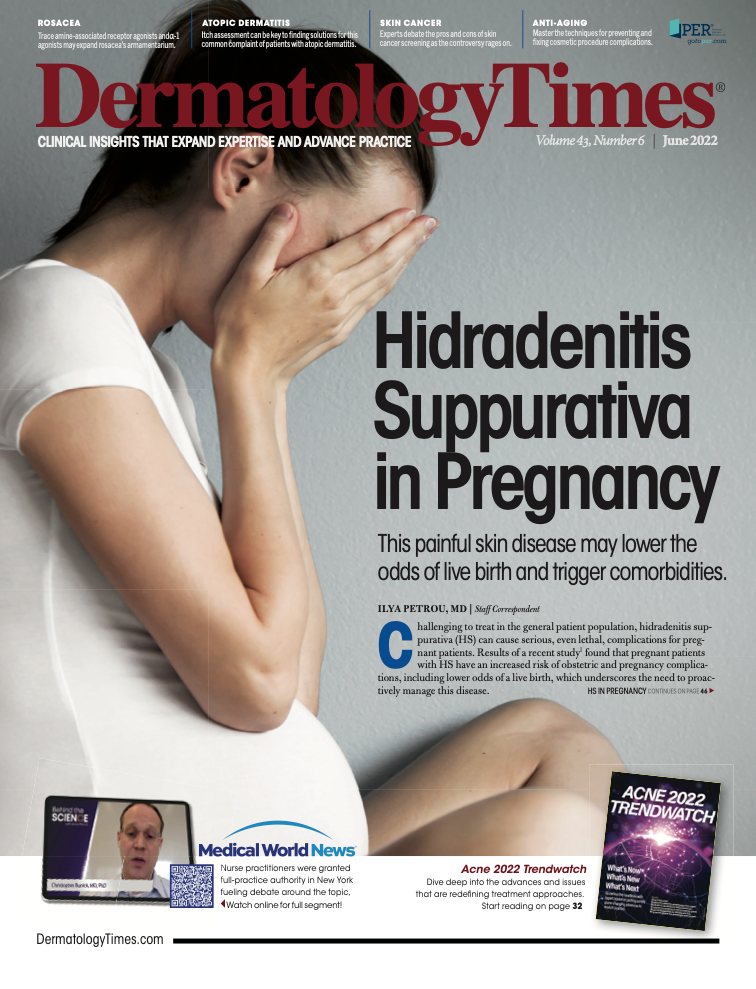
Newsletter
Like what you’re reading? Subscribe to Dermatology Times for weekly updates on therapies, innovations, and real-world practice tips.

